Last updated on
Explore the importance of a vent for your kitchen sink, as we dive into its necessity and benefits to ensure optimal functionality.
Welcome to the world of kitchen sinks! As a seasoned home decorator, I’ve seen my fair share of kitchen sink setups. And one question that often comes up is whether or not a kitchen sink needs a vent.
It’s an important consideration when designing or renovating your kitchen, as the absence of a vent can lead to unpleasant odors and even health hazards. So, in this article, we’ll explore the ins and outs of kitchen sink vents and help you determine if your sink needs one.
Let’s dive in!
Key takeaways:
- A kitchen sink needs a vent to prevent odors and health hazards.
- Vents allow air to enter the plumbing system and maintain pressure.
- Proper ventilation reduces clogs, noise, and ensures safe operation.
- Kitchen sink vents need to comply with plumbing codes and regulations.
- Different types of vents are available, including traditional vent stacks and air admittance valves.
What's Inside
What Is A Vent?
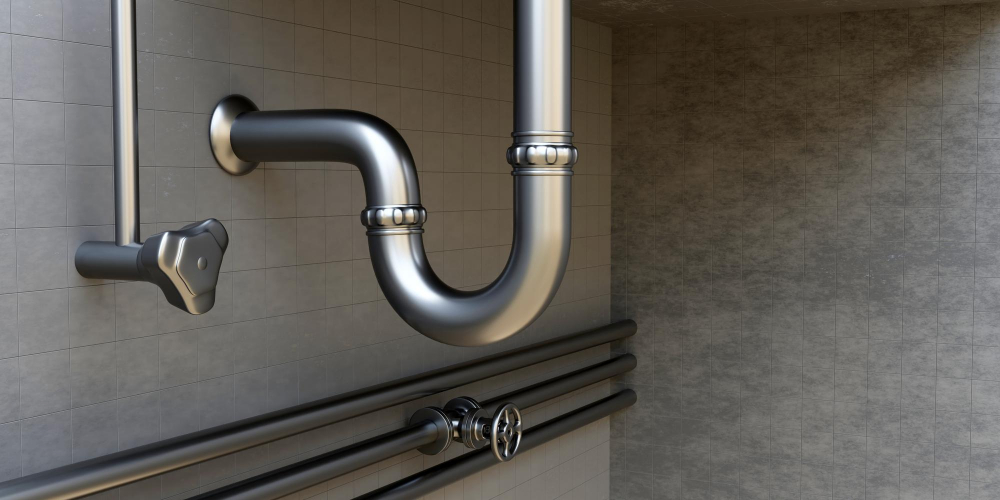
A vent is a crucial component of any plumbing system, including your kitchen sink. It’s designed to allow air into the pipes and prevent water from flowing back up into your home.
Without proper ventilation, wastewater can become trapped in the drainpipes, leading to unpleasant odors and even health hazards.
In simple terms, a vent works by creating an opening that allows air to enter the plumbing system as water flows out of it. This helps maintain equal pressure throughout the pipes and prevents negative pressure from building up inside them.
There are different types of vents available for kitchen sinks depending on their design and location within your home’s plumbing system. Understanding how they work is essential when designing or renovating your kitchen sink setup.
Importance of Venting in Kitchen Sinks
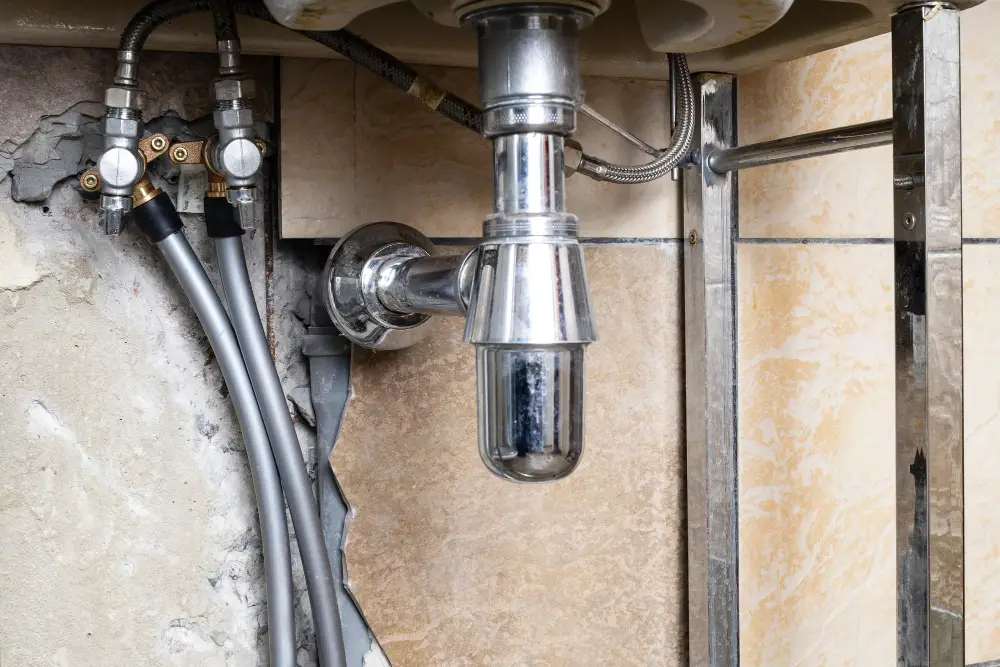
Without it, the drain can become clogged with debris and water won’t flow properly, leading to unpleasant odors and even health hazards. A vent allows air to enter the plumbing system, which helps regulate pressure and prevent blockages from forming in your pipes.
In addition to preventing clogs, a well-vented kitchen sink also helps reduce noise levels when draining water or using a garbage disposal. It’s important to note that proper ventilation is required by most building codes and regulations as it ensures safe operation of your plumbing system.
Plumbing Codes and Regulations

These codes vary by state and municipality but generally require proper venting for all plumbing fixtures. Failure to comply with these regulations can result in fines or even the need to redo your entire plumbing system.
When it comes specifically to kitchen sink vents, most building codes require a vent pipe of at least 1 1/2 inches in diameter connected directly from the drainpipe under the sink up through the roof or exterior wall of your home. This allows air into the pipes as water flows out, preventing negative pressure buildup that can cause slow drainage or even siphoning of water from nearby traps.
It’s important to consult local building codes before installing any new plumbing fixtures or making changes to existing ones.
Understanding Sink Vents
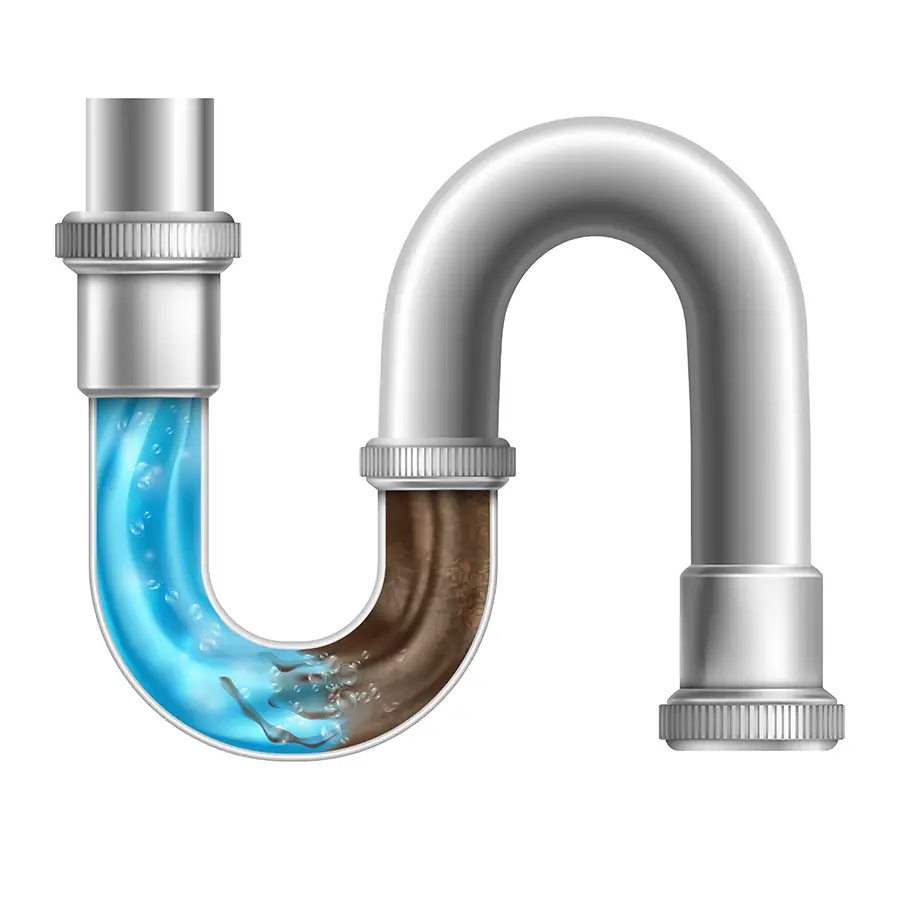
Simply put, a vent is an essential part of your plumbing system that allows air to flow in and out of your pipes. Without proper ventilation, water can’t drain properly from your sink or other fixtures.
When you turn on the faucet in your kitchen sink, for example, water flows down through the drainpipe and into a larger pipe called the main stack. The main stack connects all of the drains in your home together before emptying outside or connecting to a septic tank.
As water flows down through these pipes, it creates negative pressure that can suck air out of nearby P-traps (the curved section under sinks) if there isn’t enough airflow coming from somewhere else. This lack of airflow leads to unpleasant odors emanating from sinks as well as slow drainage issues.
A properly installed vent provides this much-needed airflow by allowing fresh air into the plumbing system while also releasing stale air outside.
Types of Kitchen Sink Vents
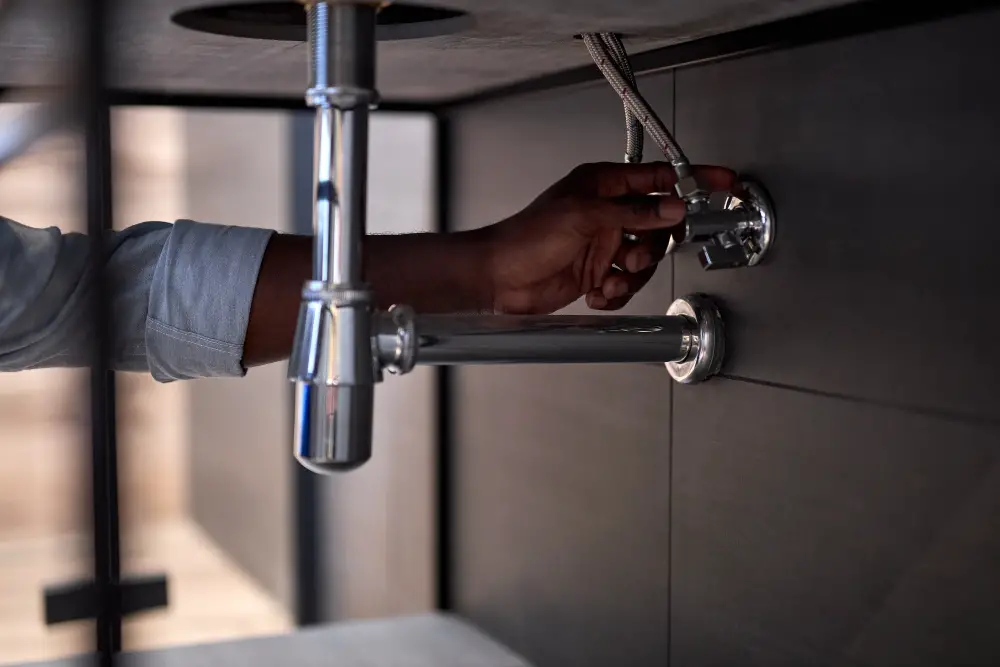
The most common types include the traditional vent stack, air admittance valves (AAVs), and studor vents.
Traditional Vent Stack: This type of vent is a vertical pipe that extends from the drainpipe up through the roof. It allows air to enter the plumbing system, preventing negative pressure from building up in your pipes.
Air Admittance Valves (AAVs): AAVs are one-way mechanical valves that allow air to enter your plumbing system but prevent sewer gases from escaping into your home. They’re easy to install and require minimal maintenance compared to traditional vent stacks.
Studor Vents: These devices use a diaphragm mechanism that opens when water flows through it, allowing air into the pipes while keeping sewer gases out. Studor vents can be installed under sinks or behind walls for discreet ventilation solutions.
Choosing which type of kitchen sink vent is best for you depends on various factors such as local codes/regulations, budget constraints or personal preferences.
Proper Vent Installation

First and foremost, you need to ensure that the vent is installed in compliance with local plumbing codes and regulations. This will help prevent any potential issues down the line.
The location of your sink also plays a role in determining where the vent should be installed. Ideally, it should be placed as close as possible to the drainpipe or trap arm beneath your sink.
Another important consideration is sizing – if you install an undersized or oversized vent pipe, it can lead to problems such as slow drainage or gurgling sounds coming from your pipes.
It’s always best practice to consult with a professional plumber when installing a new kitchen sink and its accompanying ventilation system. They have experience working with various types of vents and can ensure proper installation for optimal functionality.
Proper installation of a kitchen sink vent involves complying with plumbing codes/regulations; considering location; ensuring correct sizing; consulting professionals when necessary.
Vent Distance and Sizing
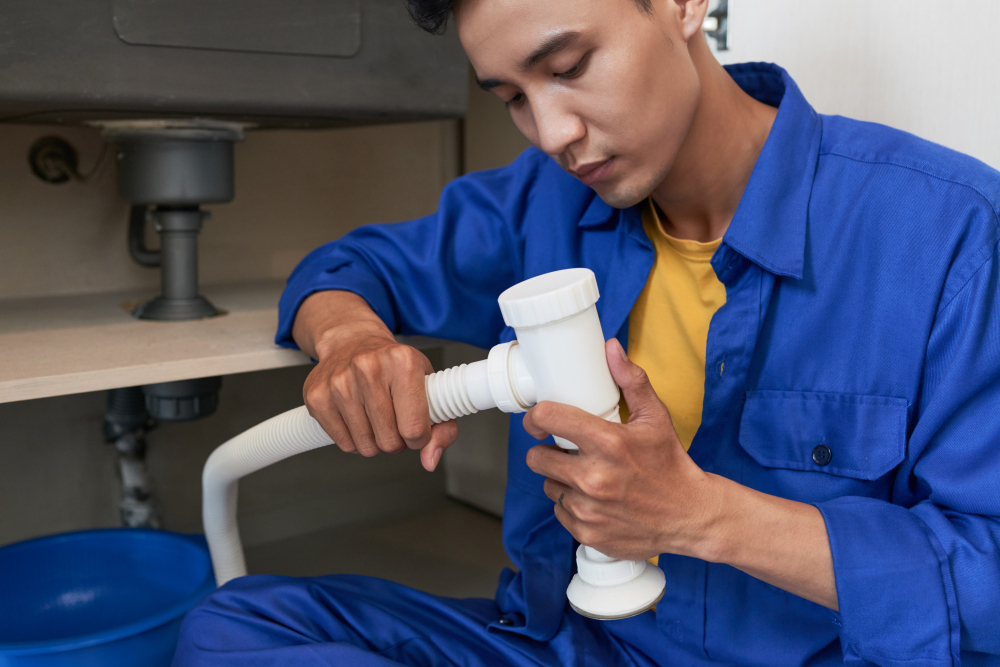
The distance between the sink and the vent stack affects how well air flows through the system, while proper sizing ensures that enough air is drawn in to prevent clogs or backups.
The ideal distance between a kitchen sink and its vent stack should be no more than five feet. This allows for optimal airflow without creating too much resistance in the plumbing system.
If you have a larger kitchen or need to place your sink further away from the main drain line, you may need additional vents installed.
Sizing also plays an important role in ensuring proper ventilation of your kitchen sink. A properly sized vent pipe will allow enough air into the plumbing system so that water can flow freely down drains without causing any blockages or backups.
In general, most residential kitchens require at least a 1 1/2-inch diameter pipe for their vents; however, this can vary depending on local building codes and regulations. It’s always best to consult with a licensed plumber when determining what size pipes are needed for your specific situation.
Wet Venting Explained
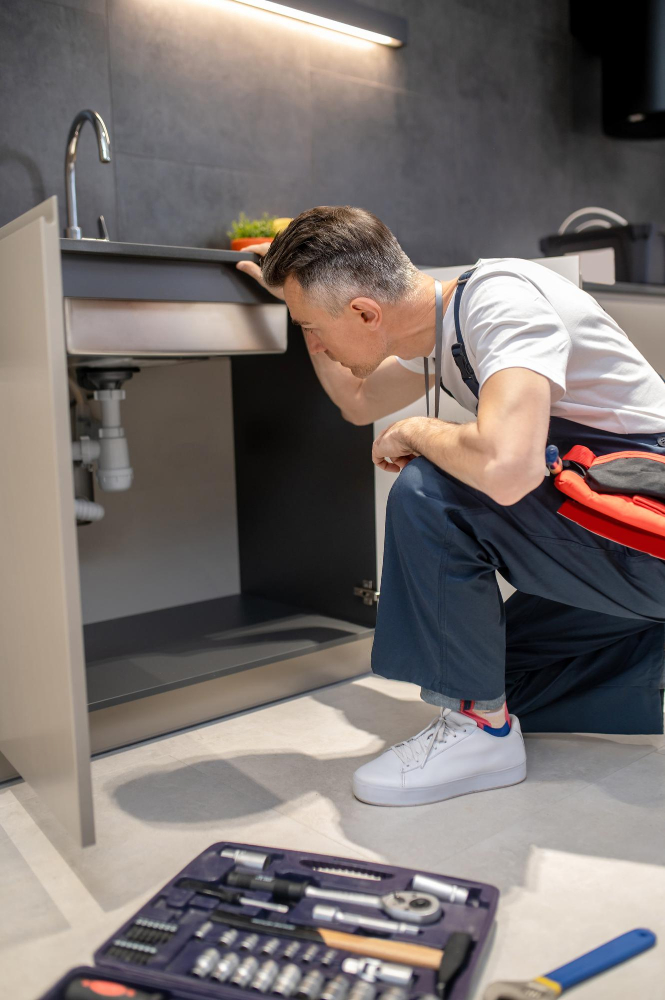
This type of system can be used in kitchen sinks, as well as other fixtures such as toilets and showers. Wet venting is an efficient way to save space, reduce materials costs, and simplify installation.
In wet vent systems, the drain line serves two functions: it carries wastewater away from the sink or fixture while also providing ventilation for gases produced by waste decomposition. The size of the pipe used for wet vents depends on several factors including distance from fixture to main stack or sewer line.
While wet vents are generally allowed under plumbing codes in most areas, there are some limitations on their use depending on local regulations. It’s important to consult with a licensed plumber before installing any new plumbing system.
Understanding how your kitchen sink works with regards to its ventilation needs will help you make informed decisions when designing or renovating your home’s plumbing system.
Air Admittance Valves
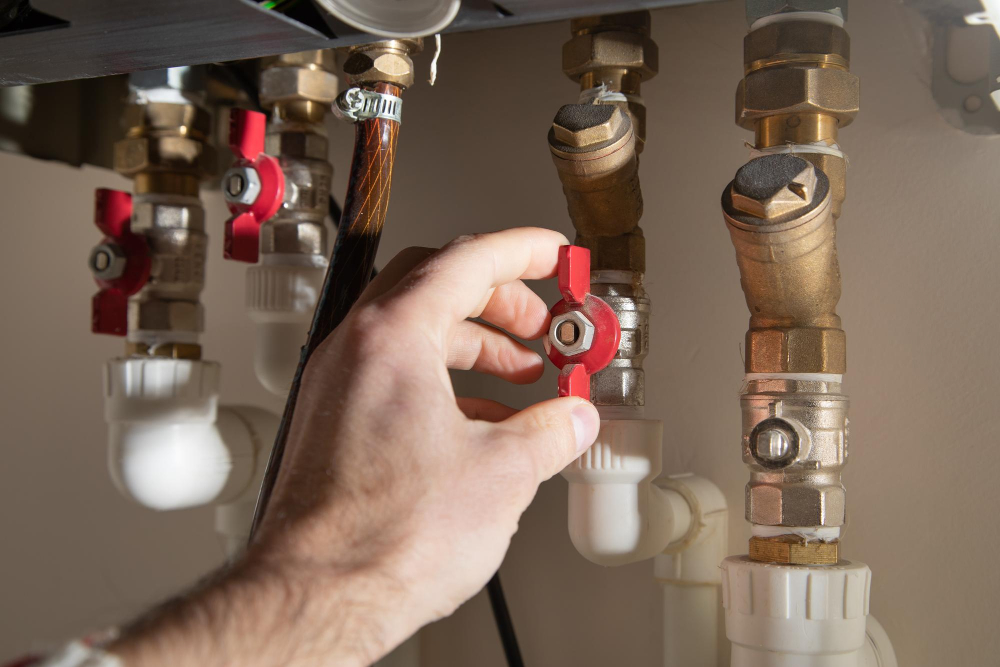
These valves work by allowing air into the plumbing system when water drains out of the sink. This prevents negative pressure from building up in the pipes and causing problems like slow drainage or gurgling sounds.
AAVs are especially useful in situations where installing a traditional vent is difficult or impossible due to space constraints or other factors. They can be installed under sinks, behind walls, and even on top of roofs.
While AAVs have many benefits over traditional vents such as cost-effectiveness and ease of installation, they do require regular maintenance to ensure proper functioning. It’s important to check them periodically for debris buildup that could cause blockages.
Vent Alternatives
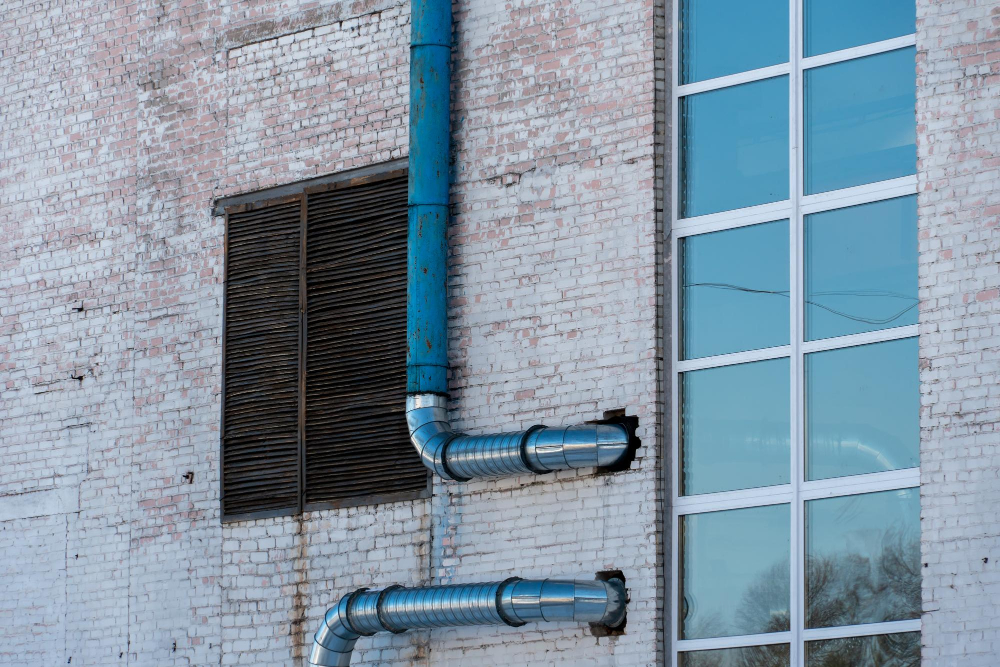
One such solution is an air admittance valve (AAV), which works by allowing air into the drain system when needed but preventing sewer gases from escaping. AAVs are often used in situations where installing a traditional vent would be difficult or impossible, such as in older homes with limited space for plumbing modifications.
Another option is to install a loop vent, also known as an island fixture vent or cheater vent. This type of setup uses a loop of pipe that connects the sink’s drain line to another nearby fixture’s drain line, allowing air to flow between them and equalize pressure without requiring additional vents.
It’s important to note that while these alternatives may work well under certain circumstances, they may not meet local plumbing codes and regulations.
What Happens If You Don’t Vent A Sink?
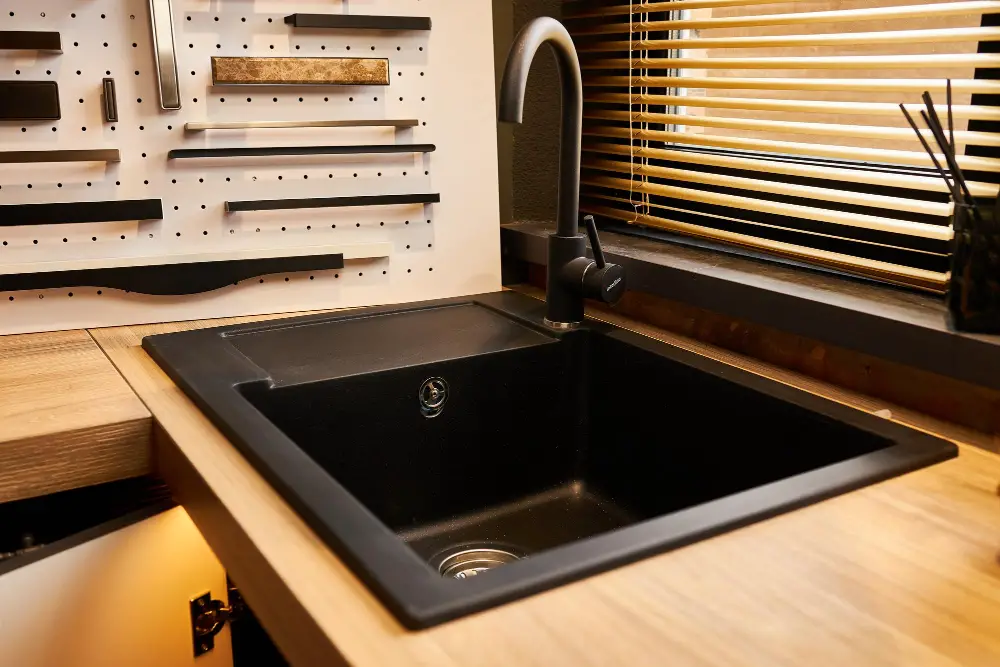
Without proper ventilation, the water in your sink’s P-trap can become stagnant and emit unpleasant odors. Without adequate airflow through the drain system, wastewater may not flow properly and could even back up into other fixtures in your home.
Furthermore, if you’re using a garbage disposal unit with an unvented sink setup or one that is improperly vented, food particles and debris may accumulate inside the pipes leading to clogs or blockages.
In some cases where there is no venting at all for a kitchen sink installation (which would be against plumbing codes), negative pressure within the drain system could cause siphoning of water from nearby traps such as those under bathroom sinks or shower drains. This creates an opportunity for sewer gases containing harmful bacteria like E.coli to enter into living spaces posing health hazards.
How Do You Vent A Kitchen Sink Beneath A Window?
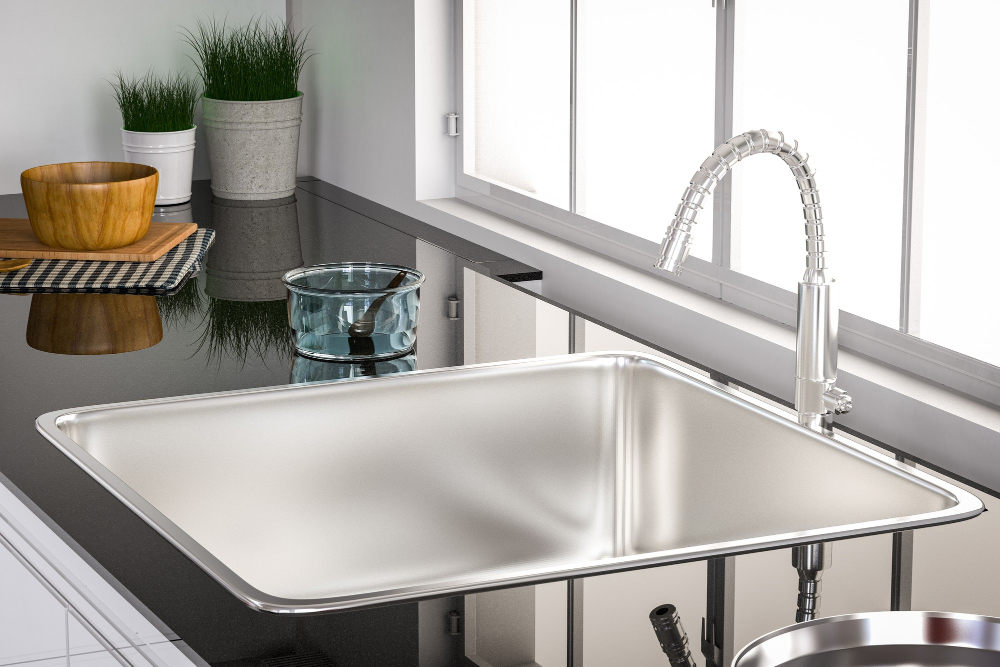
This can be a bit tricky since the window takes up valuable space where the vent would typically go. However, there are still options available.
One solution is to install an air admittance valve (AAV) under the sink. An AAV allows air into the drain system when needed and prevents sewer gases from escaping into your home.
It’s important to note that not all plumbing codes allow for AAVs, so check with your local code enforcement office before installing one.
Another option is to run a vent pipe through an adjacent wall or cabinet and connect it directly to the drain line under the sink using a sanitary tee fitting. This will require some additional work but can provide proper ventilation without sacrificing valuable window space.
Venting Challenges and Solutions
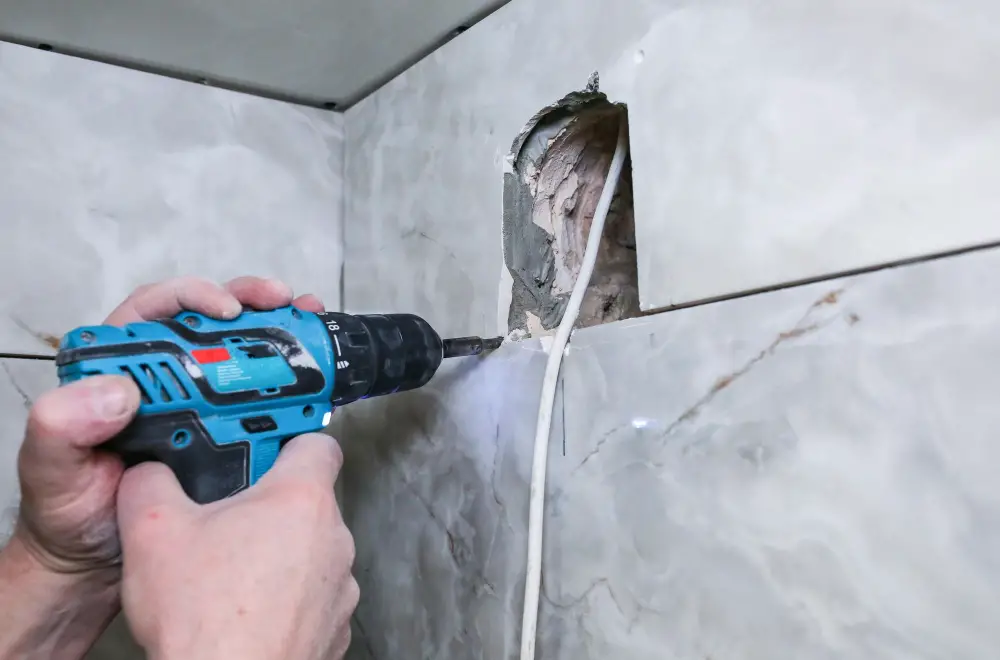
One of the most common issues is finding a way to install a vent in an existing kitchen without tearing down walls or ceilings. This can be especially challenging if you have limited space or if your sink is located beneath a window.
Fortunately, there are several solutions available for these types of situations. For example, you may consider installing an air admittance valve (AAV), which allows air into the plumbing system while preventing sewer gases from escaping into your home.
Another option is using studor vents, which work similarly to AAVs but require less maintenance and can handle larger volumes of water flow.
If neither of these options works for you, wet venting may be another solution worth exploring. Wet venting involves connecting multiple fixtures on one drain line and using them as part of the ventilation system itself.
Identifying Vent Issues
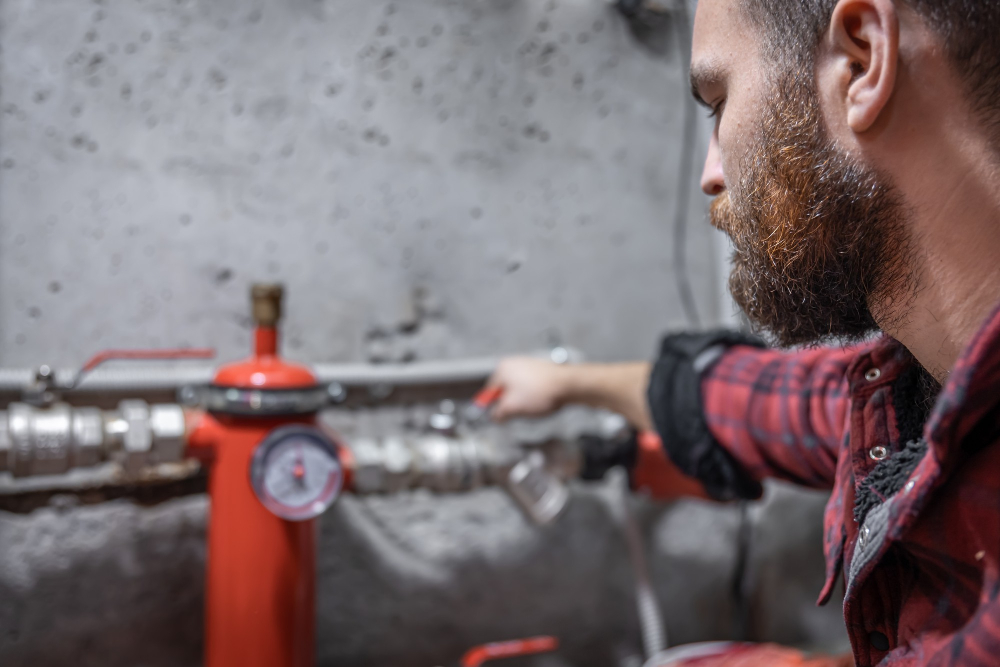
Identifying issues with your sink’s venting system is crucial to ensure that it functions optimally and prevents any potential health hazards.
One of the most common signs of a faulty venting system is slow drainage in the sink. If you notice water taking longer than usual to drain from your kitchen sink, there may be an issue with the ventilation system.
Another sign of poor ventilation could be gurgling sounds coming from other drains when you use the kitchen sink. This sound indicates that air pressure isn’t equalizing properly within your plumbing pipes due to inadequate or blocked vents.
Foul odors emanating from sinks are another indication that something might be wrong with their vents. The smell results from gases trapped inside pipes because they cannot escape through proper ventilation channels.
Common Venting Issues and Troubleshooting
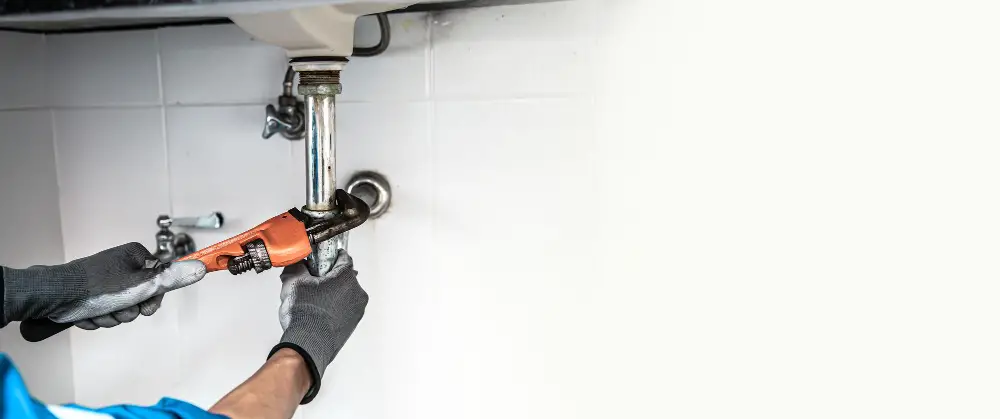
One of the most frequent issues is clogging due to debris buildup or blockages in the pipes. This can cause slow draining, gurgling sounds, and even unpleasant odors.
Another issue is improper installation or sizing of vents which can lead to inadequate air flow resulting in poor drainage performance. In such cases, you may need to consult with a professional plumber who will assess your plumbing system and recommend appropriate solutions.
If you notice any unusual smells coming from your sink drain or hear strange noises when water drains out of it, then it’s time for troubleshooting! You might want to start by checking if there are any visible obstructions like hair strands or food particles stuck inside the drainpipe. If this doesn’t solve the problem then try pouring hot water down into your sink followed by baking soda and vinegar solution as these natural remedies help break down grease build-up.
DIY Vent Solutions
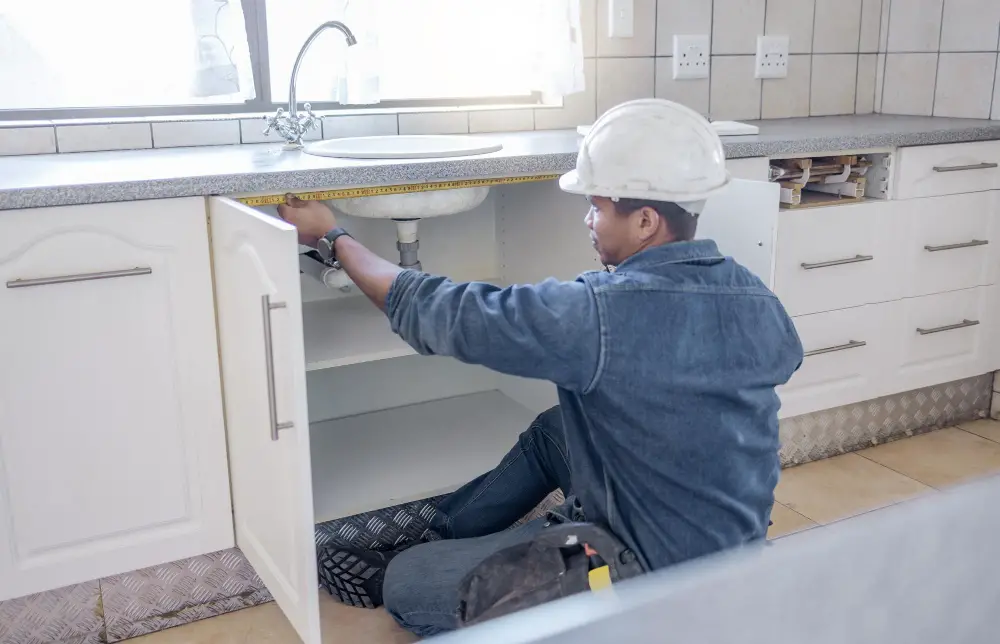
The answer is yes! However, before embarking on this project, it’s important to understand the plumbing codes and regulations in your area. Improper installation can lead to serious health hazards and costly repairs down the line.
One of the most common DIY solutions for venting a kitchen sink is installing an air admittance valve (AAV). These valves are designed to allow air into your plumbing system while preventing sewer gases from escaping into your home.
They’re easy to install and require minimal maintenance.
Another option is installing an island loop vent or studor mini-vent under your sink cabinet. These vents work similarly as AAVs but require more space for installation.
While these options may seem simple enough, we highly recommend consulting with a professional plumber before attempting any DIY projects involving plumbing systems. A licensed plumber can ensure that all installations meet local codes and regulations while providing expert advice on proper ventilation techniques specific to your home’s layout.
Professional Advice Vs. DIY Venting
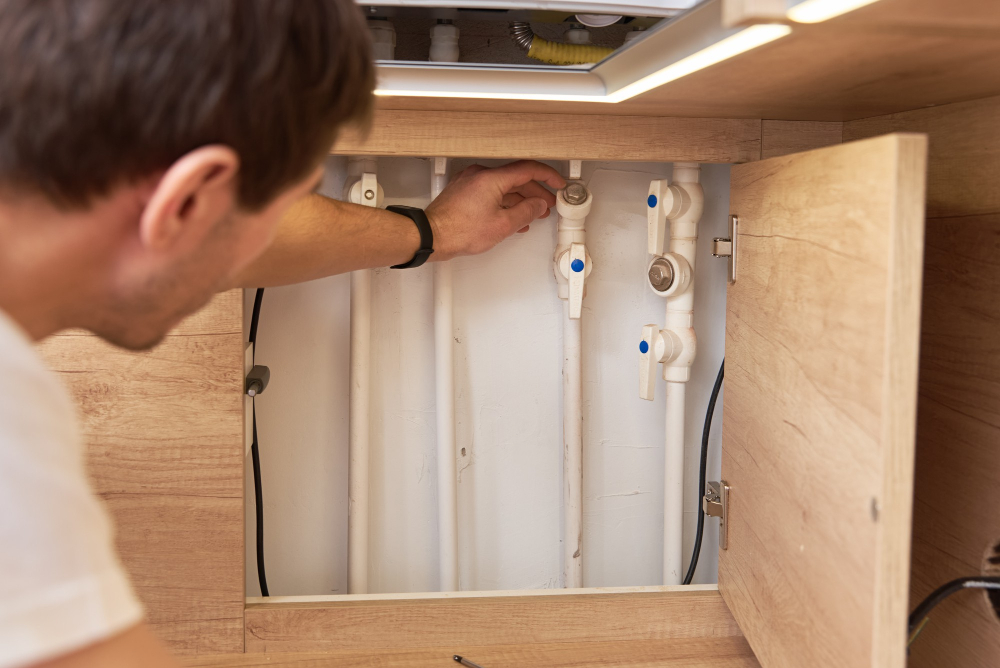
While there are plenty of online tutorials and guides that can help you install a vent yourself, it’s important to consider the complexity of your plumbing system and any local codes or regulations that must be followed.
If you’re not confident in your plumbing skills or don’t have experience working with vents, seeking professional advice is always recommended. A licensed plumber can assess your specific needs and ensure proper installation for optimal functionality.
On the other hand, if you’re comfortable with DIY projects and have some basic knowledge of plumbing systems, installing a sink vent yourself could save money on labor costs. However, make sure to do thorough research beforehand and follow all necessary safety precautions.
Ultimately, whether to seek professional advice or take on a project yourself depends on individual circumstances such as budget constraints and personal skill level.
Professional Vent Installation
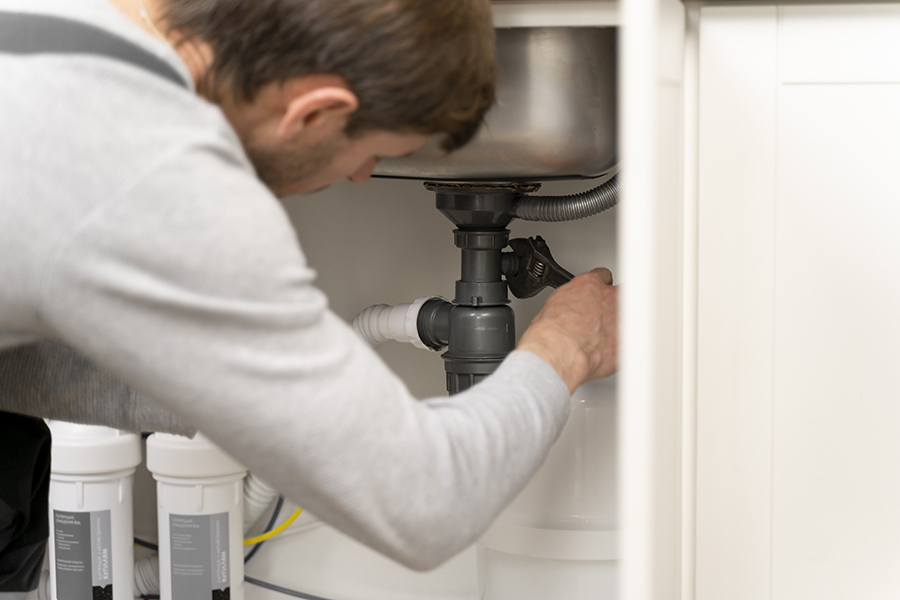
A licensed plumber or contractor will have the knowledge and experience necessary to ensure your sink vent is installed correctly and up to code.
A professional installer will also be able to identify any potential issues with your plumbing system that could affect proper ventilation. They’ll know how far away from other fixtures the vent should be placed, what size pipe is needed for optimal airflow, and how many vents are required based on local codes.
A professional installation ensures that all safety measures are taken into account during the process. This includes ensuring there are no gas leaks or electrical hazards present in your kitchen before installing any new plumbing components.
Vent Maintenance Tips and Best Practices
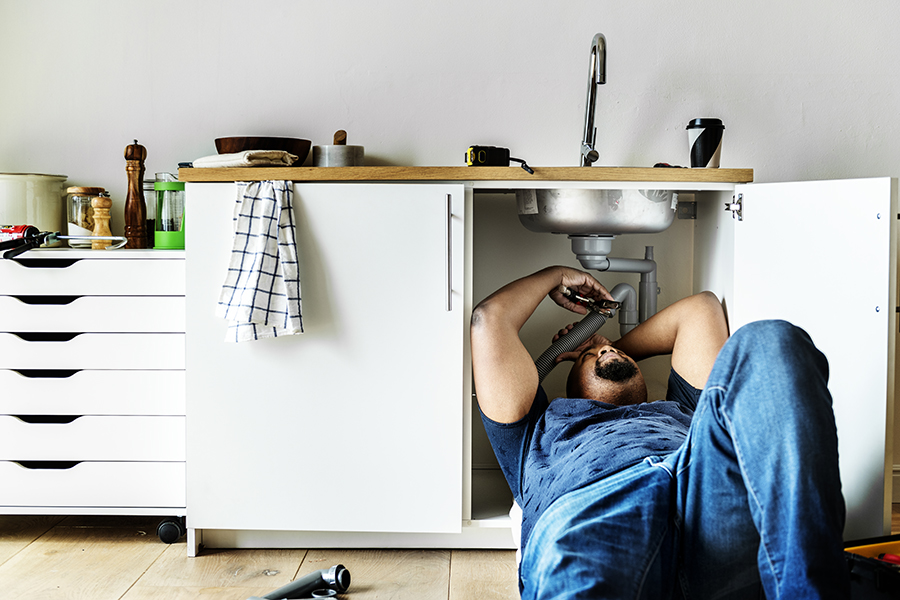
Regular maintenance will ensure that the vent functions optimally and prevents any issues from arising. Here are some tips and best practices for maintaining your kitchen sink vent:
1. Clean the Vent: Over time, debris can accumulate in the vent pipe leading to blockages or clogs that prevent proper airflow.
To avoid this issue, clean out your vents regularly using a plumbing snake or brush.
2. Check for Leaks: Inspect all connections between pipes and fittings around the area of installation periodically to make sure there are no leaks.
3. Keep It Clear: Avoid placing objects on top of or near vents as they may obstruct airflow which could lead to unpleasant odors in your home.
4. Professional Maintenance: If you’re unsure about how best to maintain your kitchen sink’s ventilation system, consider hiring a professional plumber who can provide expert advice on maintenance procedures specific to your setup.
FAQ
Can you install a sink without a vent?
No, a sink cannot function properly without a vent, as it may allow sewer gases to enter your home and disrupt the draining process due to negative pressure.
What are the venting requirements for a kitchen sink?
The venting requirements for a kitchen sink are to install the vent between the sink P-trap and the waste line drop to the main sewer, with a maximum distance of 2 1/2 feet for a 1 1/4-inch waste line and 3 1/2 feet for a 1 1/2-inch waste line.
How far can you run a drain without a vent?
For 3-inch diameter pipes, the maximum drain distance without a vent is 6 feet, and for 4-inch pipes, it is 10 feet; toilets have built-in traps and do not require an additional one on the drain line but still need a vent.
What are the different types of vents commonly used for kitchen sinks?
Types of vents for kitchen sinks include air admittance valve (AAV), loop vent, and island vent.
How do island vent systems work for kitchen sinks without nearby walls?
Island vent systems work for kitchen sinks without nearby walls by utilizing a looped vent pipe that runs upward within the kitchen island and connects back to the main vent line to prevent water from getting trapped and allow proper drainage.
Can air admittance valves be used as an alternative for traditional venting in kitchen sinks?
Yes, air admittance valves can be used as an alternative for traditional venting in kitchen sinks.




